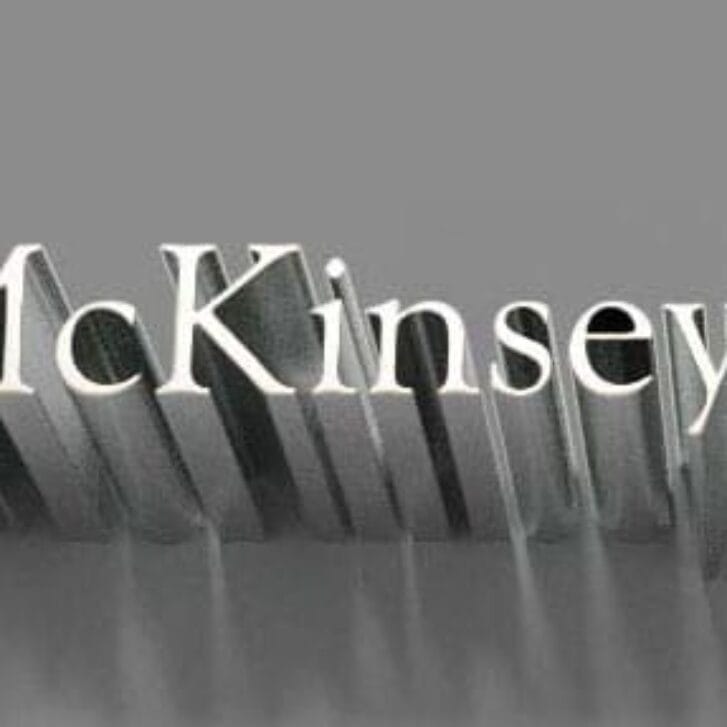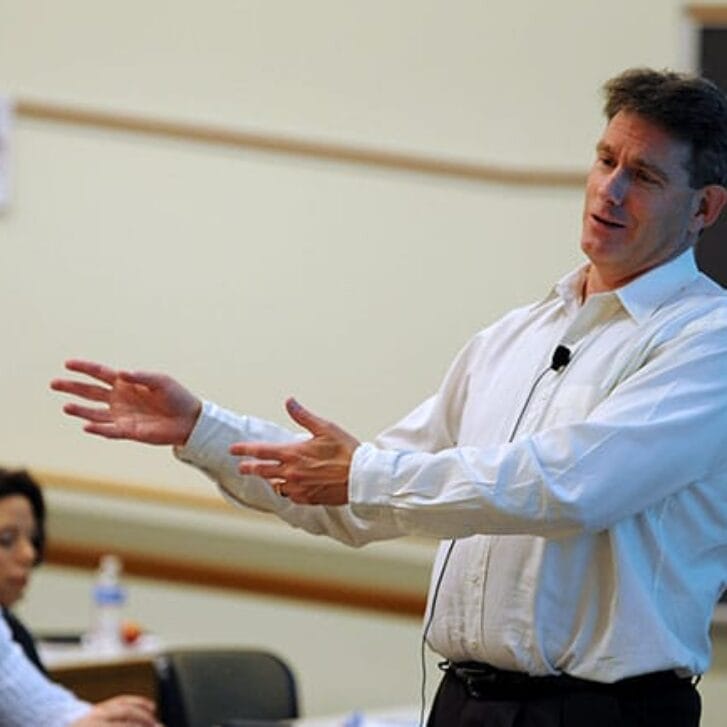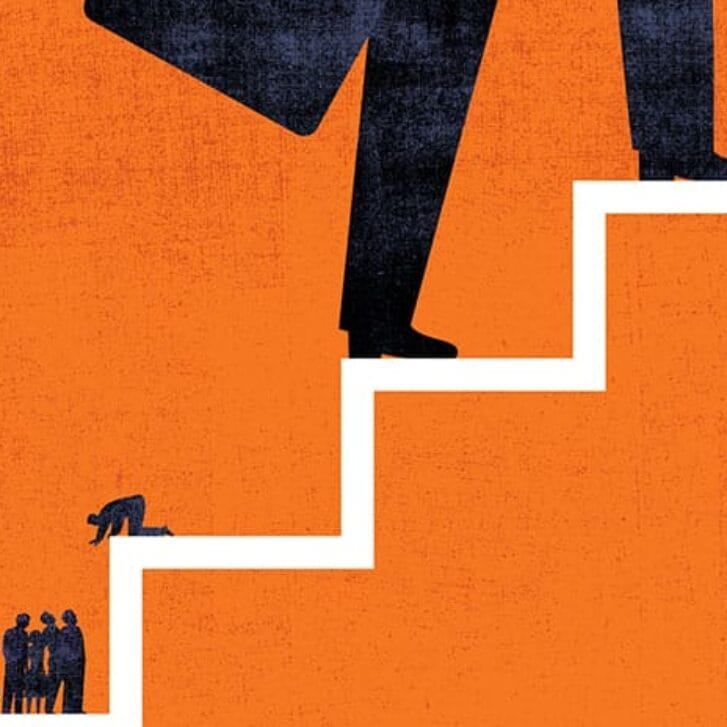During my tenure at Wharton, I have had the pleasure of learning from management professor Mike Useem through alumni lifelong learning sessions, leadership conferences, books, and one-on-one meetings. His most recent book, The Edge: How 10 CEOs Learned to Lead—and the Lessons for Us All, got me thinking about who we can learn leadership lessons from as we progress in our careers.
The CEOs profiled were at the top of their industries, ranging from Vanguard’s Bill McNabb to Philadelphia Eagles owner Jeffrey Lurie. Those leaders had what Mike defined as a “moment of truth”—a period where your past skills are still serving you, but you need to learn new skills as well. He refers to this as the “leadership edge,” since it can feel like looking over a cliff. Your comfort zone—the solid ground you navigated to get you where you are—is behind you. What lies beyond the edge is the opposite, an unfamiliar landscape barely coming into focus. Mike explains that the task in this moment is to acquire essential skills before your career or your enterprise falters because of your personal limitations. He identifies ten principles, one from each of the CEOs profiled, that give you an expanded roadmap for leading at the edge.
As I read the profiles, I reflected on the fact that, for most of us, the CEO role is many levels above where we are or will ever be. The scope and scale of a CEO’s portfolio, and the kinds of decisions they are called upon to make, may be difficult to relate to. But as we continue to grow in our careers and expand our professional portfolios, the definition of the “leadership edge” is also relevant to us. As you move to greater roles with wider influence, you probably got there because your past skills served you well. Now, you need to become steady and confident navigating the landscape of your new role. To develop that edge, think about a CEO-equivalent you know personally. Who comes to mind as you consider leadership principles that will guide you in your moment of truth?
One CEO-equivalent for me was a pharmaceutical executive who volunteered full-time for six months with the NGO where I worked. She modeled two principles: always be fully present with your staff and reconfigure for evolving markets. First, she counseled me on my behavior when I talked with my direct reports as well as the rest of the organization. Because there was always so much to do, I often filed papers, cleaned up my desk, packed my briefcase, and finished other tasks while my staff updated me. I noticed that every time I talked with this executive volunteer, I felt like she had nothing to do except listen to me. She singularly focused on me. When I asked for feedback, she advised me to stop doing those other things while talking with my staff because I couldn’t maintain eye contact and respond with facial expressions to reinforce the conversation.
By her very presence at our NGO, she modeled a method of reconfiguring for evolving markets. To do this volunteer assignment with our organization, she had moved across the country. She put herself at the edge—she didn’t know the city, the organization, the patterns of NGOs, how her skills would translate, or how she’d be able to make a difference. She diligently applied herself to learning the new terrain by doing research, asking questions, and being fully present. I watched her navigate these new experiences with professionalism and grace that I strive to model today.
I encourage you to reflect on your CEO-equivalents. Study the new roadmap Mike provides in The Edge and consider those you know who are leading with those principles. Chances are there’s a McNabb or a Lurie in your network with valuable lessons to share.
Katherine Primus is executive director of communications and stewardship for Wharton External Affairs.


























